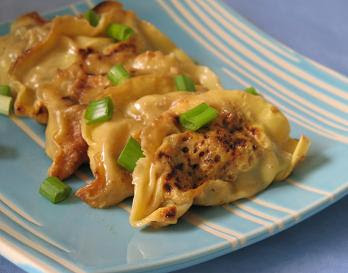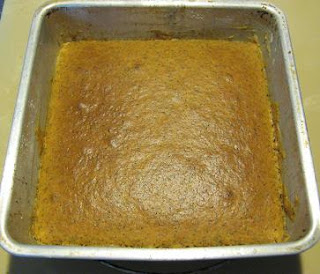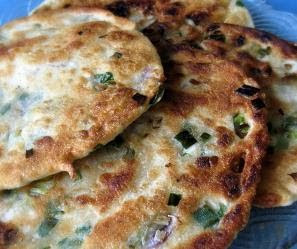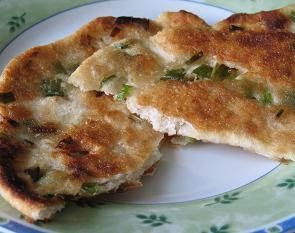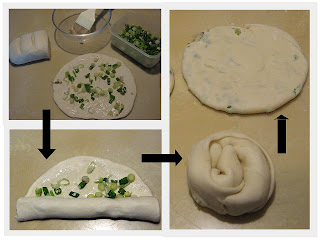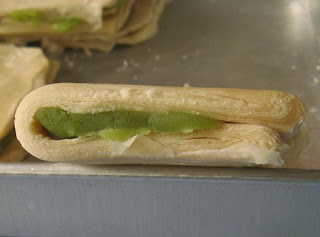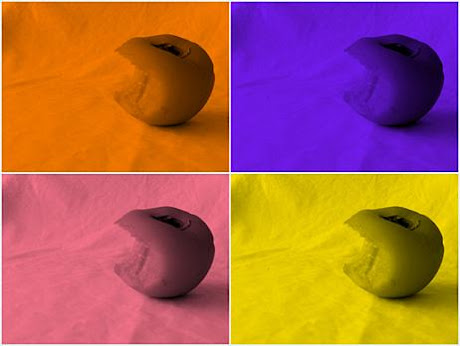 |
| This isn't quite a substitute for Warhol, but it'll have to do. The half-eaten fruit is a persimmon, by the way. |
As regular visitors to this space will have noticed, I have gone lighter and narrower – just felt like a makeover. We all do it with our living space; this is the blogosphere version of rearranging the furniture and adding new curtains.
When I started this blog in October 2009, Blessed Glutz, a co-producer of the "Don't Call Me Chef" column (see tab above), suggested that I write about the packed lunches I bring to work every day – it seemed like a good idea for a while, but how long can you write about that before the same menu comes around again?
Lunchboxes, however, are another matter. I love them and have a variety of containers that I pack my food in to take to work. Even if the lunch is just so-so, at least it comes in a nice package.
Lunchboxes, however, are another matter. I love them and have a variety of containers that I pack my food in to take to work. Even if the lunch is just so-so, at least it comes in a nice package.
My sister, who blogs about cooking at Wok Tales, got me this polar bag when I visited her in America a couple of years ago. It's seen better days but does a good job of toting things around. It doesn't actually keep anything cold though.
I also take a lot of soups to work. This Thermos is no longer quite as effective as it should be but the contents stay warm enough to fight the cold of the air-conditioned office. I go to the canteen to eat lunch, but with soup, I usually just stay at my desk to enjoy it. This flask is often seen next to a sandwich.
One of my favourite methods of packing lunch is using the Japanese technique of furoshiki. I learned about it from Blessed Glutz and she even got me the pretty wrapping cloth that I've used here. Go online and you'll find all sorts of techniques and instructional videos. I always feel like a hobo when I carry my meals this way. Ah, the carefree life. The wrapper doubles as a little table cloth.
Lastly, here's a bag from the 1960s that belonged to a late aunt of mine. She was a real Mod and I inherited a lot of her old clothes when I was younger – I was retro when it wasn't yet in fashion. (Of course, her mini skirts were more like midis on me!) I think it's a vanity case because there's a little mirror attached to the lid inside but it could also have been a handbag. The metal clasp on the outside is a little rusty but the bag is still in good condition. I haven't used it as a lunchbox but I think I might. It's big enough for a fat sandwich and an apple, but I wouldn't want to ruin it by filling it with anything that spills.







